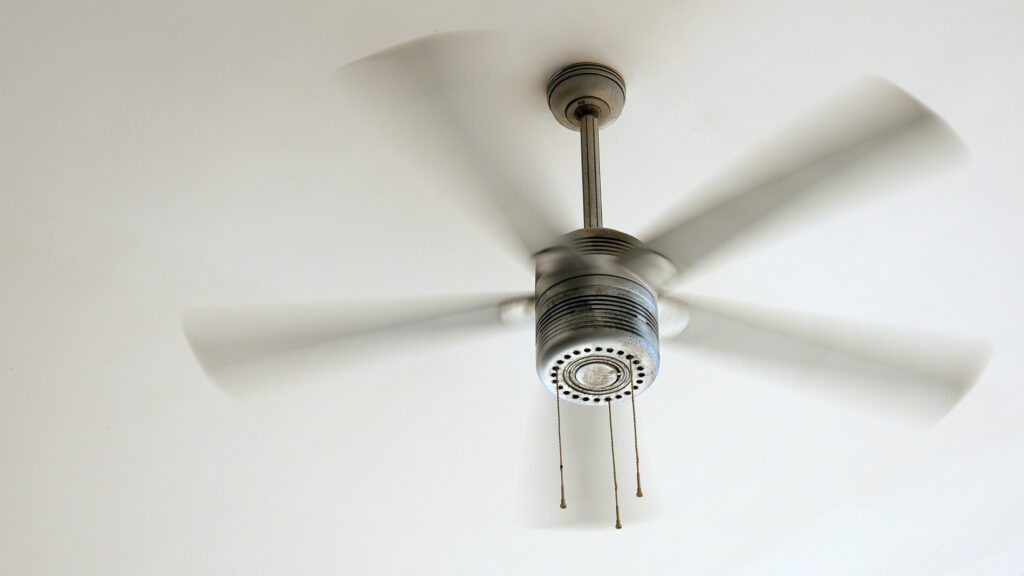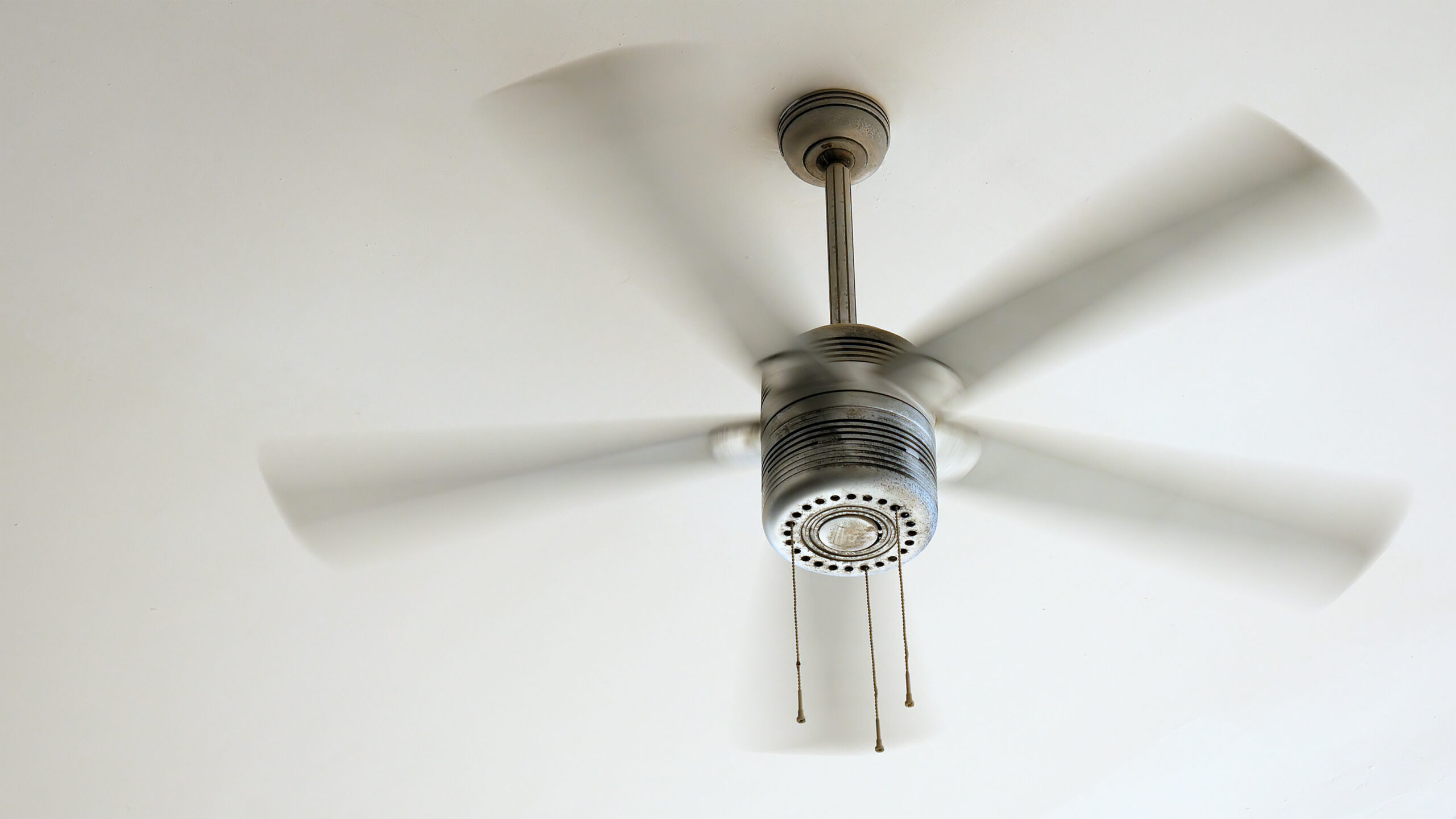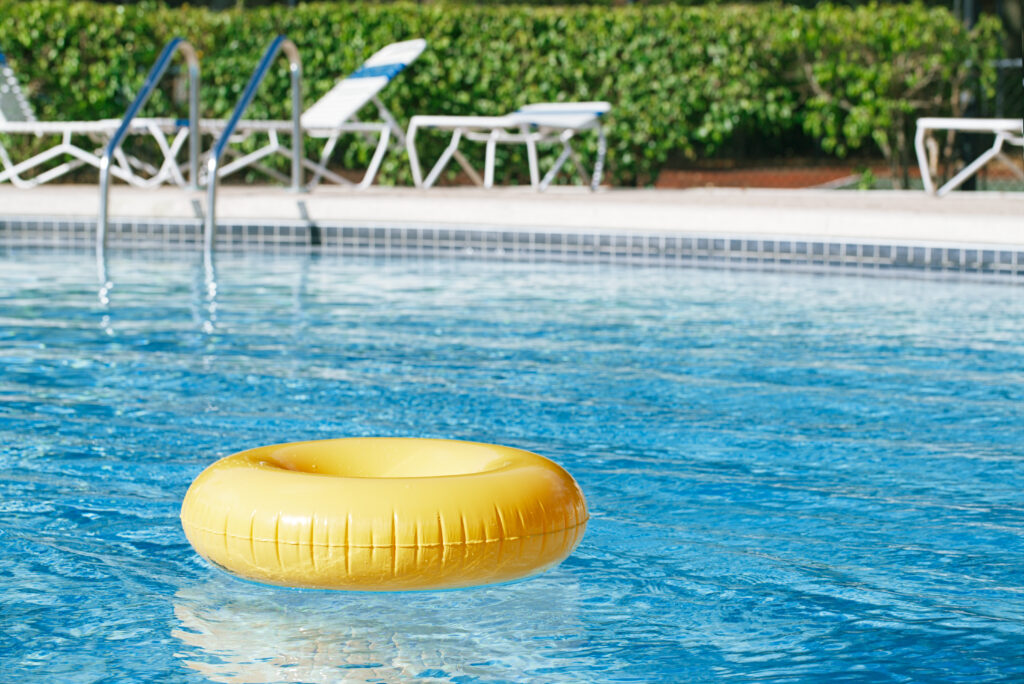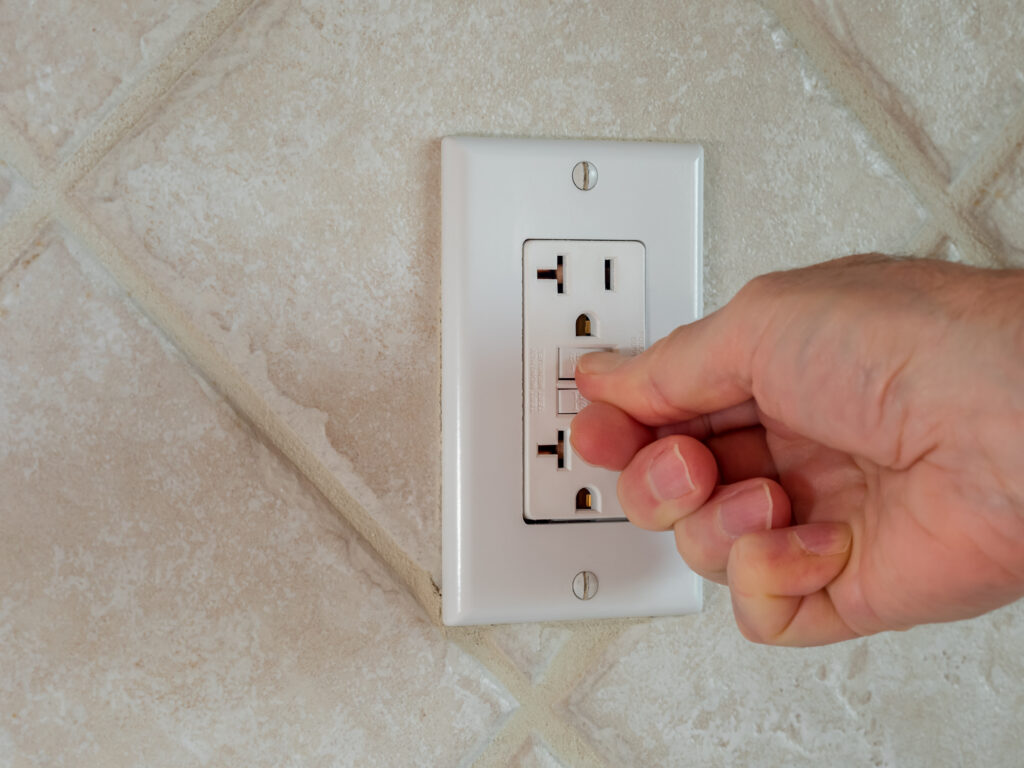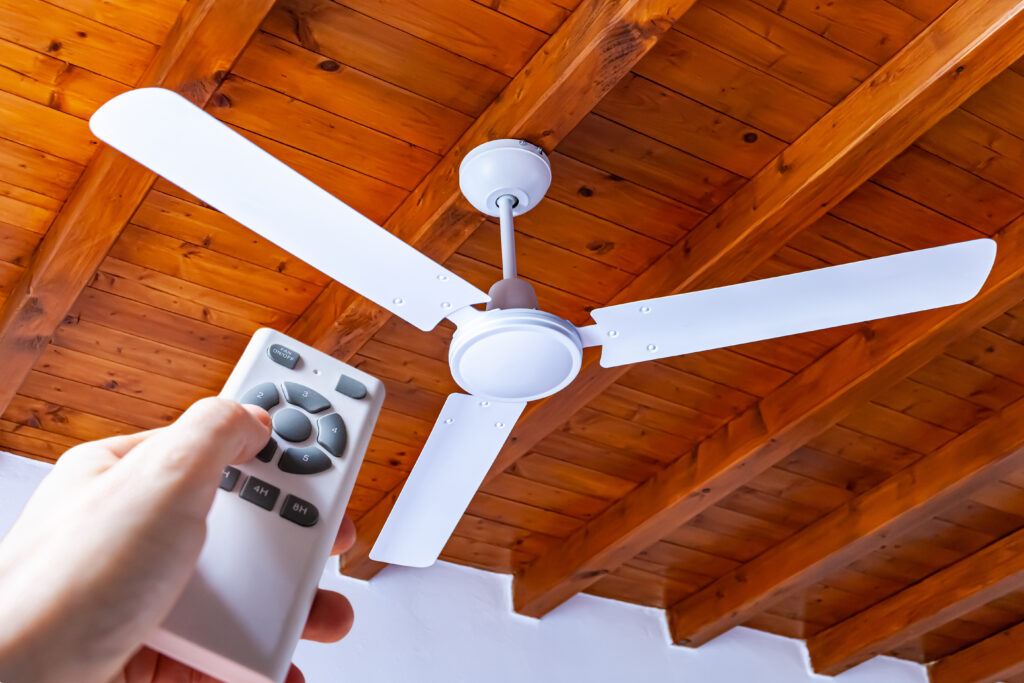Why Your Ceiling Fan Direction Matters in Summer (and What That Means for Your Home)
Ever found yourself standing under a ceiling fan mid-July and wondering, “Why does this not feel better?” Chances are, your ceiling fan’s direction is working against your summer vibes. It’s something so simple—fan direction—but it makes a surprisingly big difference not just in comfort, but also in energy efficiency. And the connection to your home warranty? Oh, we’re going to get there. Because anything that impacts system performance and longevity absolutely belongs in the home warranty conversation.
So, Which Way Should a Ceiling Fan Spin in Summer?
Okay, let’s clear this up right away: in summer, your ceiling fan should spin counterclockwise. When set to rotate this way, the blades push cool air downward, creating a breeze effect that makes you feel cooler even if the thermostat hasn’t budged. This airflow creates that windchill-style feeling on your skin, which lets you raise your thermostat a few degrees without losing comfort. That, by the way, can shave a nice chunk off your energy bill. So, yes, something as chill (pun intended) as blade direction really can matter.
Here’s How Ceiling Fans Actually Work (In Plain English)
Right—simple idea, but let’s break it down. Ceiling fans don’t actually cool the air in the room; they cool people. Weird, yes, but true. The spinning blades move air, which evaporates sweat from your skin, making you feel cooler. When the blades move counterclockwise, they force air downward. That direct airflow hits your skin and speeds up the evaporation process, instantly dropping your perceived temperature. Flip that to clockwise (which you’ll want to do in winter), and you’re pulling air upward to circulate warm air trapped near the ceiling. Direction is everything here—literally a flick of a switch or remote can make your summer 10 degrees more tolerable.
Why Fan Direction Can Impact Energy Usage
This is the part where your wallet gets involved. Fans use way less energy than air conditioners, and by creating that breeze effect, a correctly-set fan can make a 78-degree room feel more like 72. That means your AC can work less, run less often, and potentially live a longer, less stressful life. From a home warranty perspective, an overworked air conditioning system is something we see too often. Simple habits—like setting your fan right—can extend the life of your HVAC, which means fewer breakdowns, fewer out-of-pocket repair costs, and a generally saner homeowner experience.
Common Mistakes (That Happen More Than You Think)
Sounds easy, right? Just flip a switch and ride the breeze? Well, homeowners often make a few sneaky mistakes here. First, most people don’t even know there’s a “direction” option. The switch tends to be on the base of the fan housing, often hidden or rarely used. It’s easy to forget it exists. Secondly, in multi-level homes, people assume one fan direction rules them all—not true. Airflow needs vary based on ceiling height, fan placement, and room use. Third mistake? Leaving fans on when no one’s home. Again, fans cool people, not rooms. Constantly running an empty-room fan is just wasting electricity. So yeah, check your fan settings at the start of each season, and then match usage to how you actually live in your home.
Can the Wrong Fan Direction Damage Anything?
Good news: not really. Setting the fan in the wrong direction won’t physically harm your ceiling fan or any home system. But—and it’s a pretty bold but—it can indirectly impact your HVAC. If your AC has to constantly fight to cool a room because the ceiling fan is undermining its airflow, it stresses the system. Over time, excessive use can lead to components wearing out faster. We’ve seen this in warranty claims: a ceiling fan that’s perpetually in winter mode during summer contributes to thermostat confusion and HVAC short cycling. These aren’t things you’d tie together immediately… but they add up. And that’s where home warranties come in—to help with the surprise breakdowns, especially when preventable stuff got overlooked.
Simple DIY Tips to Check and Adjust Fan Direction
The good news: you absolutely can check and adjust this yourself, no tools or pro needed. Stand under the fan and turn it on. If it’s set correctly for summer, you should feel a cool breeze when standing directly underneath. If not—turn the fan off, climb up carefully (step stool or ladder depending on your ceiling height) and look for a little toggle switch on the motor housing. Flip it to switch direction. Some newer models have remotes or wall panels that let you change direction without the ladder climb—nice bonus, especially if heights aren’t your thing. Just remember: counterclockwise in summer, clockwise in winter. Maybe even stick a little label up there to remind future-you.
Keep Cool and Covered: How Armadillo Fits Into This
Here’s the thing: your ceiling fans are silent team players, but the real workhorse behind your home’s comfort is your HVAC system. It’s doing heavy lifting around the clock—especially in the blazing heat of summer. And even if your fan direction is spot-on, your AC may still wear down over time. That’s why it’s smart to have a home warranty provider like Armadillo in your corner. Armadillo offers intelligent, flexible coverage for your home systems (yep, that includes your AC) so when things break—and they will—you’re not left sweating the repair bill. Interested? Start smart and head on over to the Armadillo homepage at armadillo.one. Ready to build a plan that actually fits your home? Jump right into the plan builder and get covered today at this link. Your future self (and your HVAC) will thank you.
















